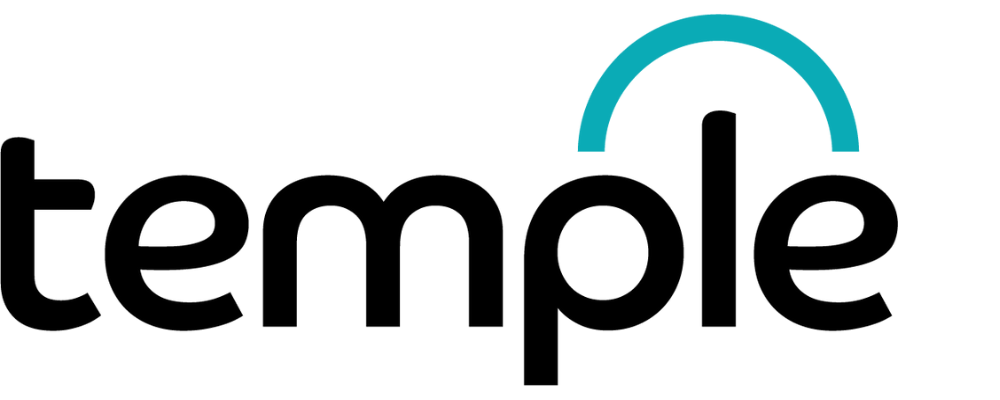Embracing AI in Quality Management: From Pilot to Practical Value
By Ian Hughes, Temple QMS
Artificial Intelligence (AI) continues to dominate headlines, but for quality professionals, the challenge lies not in understanding the buzz—but in finding practical, proven ways to apply AI within quality management systems today.
Many professionals remain cautious, viewing AI as something for tomorrow, or as a marketing trend rather than a meaningful tool. This hesitation is understandable. After all, we are in the early stages of a significant technological shift, where questions of value, accuracy and application are still being explored. Yet by waiting too long, organisations risk falling behind as more proactive businesses begin to leverage AI’s real and growing potential.
The Shift Has Already Begun
Forward-thinking companies are already implementing AI in ways that enhance their existing quality systems. One example is conversational AI, where team members interact with their QMS using natural language rather than searching through menus or dashboards. These aren’t gimmicks—they represent the early stages of a shift toward more responsive, efficient quality management.
The exciting part is that you don’t need to start from scratch. Many of the tools and platforms already in use can be enhanced with AI to deliver immediate benefits. This isn’t about reinventing the wheel—it’s about making it turn more efficiently.
From Automation to Augmentation
While AI is commonly associated with content generation, the more impactful applications for quality professionals lie elsewhere. AI can help move quality management from a reactive approach to a more predictive and proactive one.
Imagine using predictive analytics to detect process drift before it results in failure. Or optimising your risk-based prioritisation so that resources are focused where they are needed most. AI can also be used to determine the most efficient inspection frequencies and sample sizes, helping reduce both cost and effort.
At Temple QMS, we see these applications as not only realistic, but increasingly necessary. The gap between early adopters and those who hesitate is widening. Those who wait for perfect, off-the-shelf solutions may find themselves trying to catch up with competitors who are already integrating AI into their strategic planning.
Practical Applications You Can Use Today
The real value of AI lies in its ability to process complex data and eliminate repetitive administrative tasks. Here are some practical, real-world use cases that are already delivering value:
Data extraction: AI can analyse exported analyser data (in formats such as CSV, JSON or XML) and automatically map it to the correct QMS data model, saving hours of manual setup.
Certificate of Analysis (CoA) automation: AI can scan incoming CoAs, extract relevant data and trigger alerts when values fall outside of specification. This provides real-time oversight and strengthens quality assurance.
Excel and document automation: Quality professionals often spend a great deal of time trawling through spreadsheets. AI can extract the required data from Excel files, PDFs, handwritten notes or even whiteboard images, helping teams focus on decision-making rather than data entry.
Natural language QMS interaction: Instead of navigating through databases, users can simply ask a question and receive real-time insights. This not only accelerates access to information, but also empowers non-technical staff to make informed decisions.
Each of these examples supports a more collaborative and engaged approach to quality—one where people are informed, processes are streamlined, and data is used more intelligently.
Building Trust, Managing Risk
Of course, AI adoption is not without its challenges. Trust remains a legitimate concern, particularly around data accuracy and reliability. AI systems must be trained with care, tested rigorously and implemented with strong governance. Legal and compliance considerations—including GDPR and data ownership—must also be addressed before deployment.
However, none of these issues are insurmountable. With the right approach, AI can be introduced gradually, starting with low-risk applications and scaling as confidence grows. In fact, some of the most effective implementations begin with automating small, repeatable tasks—freeing up time and resources for more strategic improvements.
The Road Ahead
AI doesn’t need to be disruptive to be transformative. In the context of quality management, its greatest value lies in simplifying complex tasks, improving data visibility, and enabling quicker, smarter decisions.
By embedding AI into your QMS, you’re giving your team more time to focus on what matters most: improving quality, reducing risk, and delivering better outcomes for customers.
Key Use Cases to Explore Today
Here are a few ways AI can already support your quality team:
Extract data from documents, PDFs or scanned images
Suggest improvements in audit planning
Assist with root cause analysis and reporting
Automate scheduling for recurring quality events
Visualise data through charts and interactive dashboards
These are only the first steps. The key is to start small, measure outcomes, and adapt as you go. Over time, AI moves from being a tool for automation to one of strategic augmentation—helping your team to think, act, and improve more effectively.
Final Thoughts
Smart quality management is not a future concept—it’s already here. And those who begin to harness AI’s power today will be better equipped to face tomorrow’s challenges. At Temple QMS, we believe AI should act as an assistant, not a disruptor, supporting quality teams with the insights, tools and time to focus on what truly matters.
If you’d like to learn how AI can enhance your QMS, get in touch. Let’s explore what’s possible—together.

